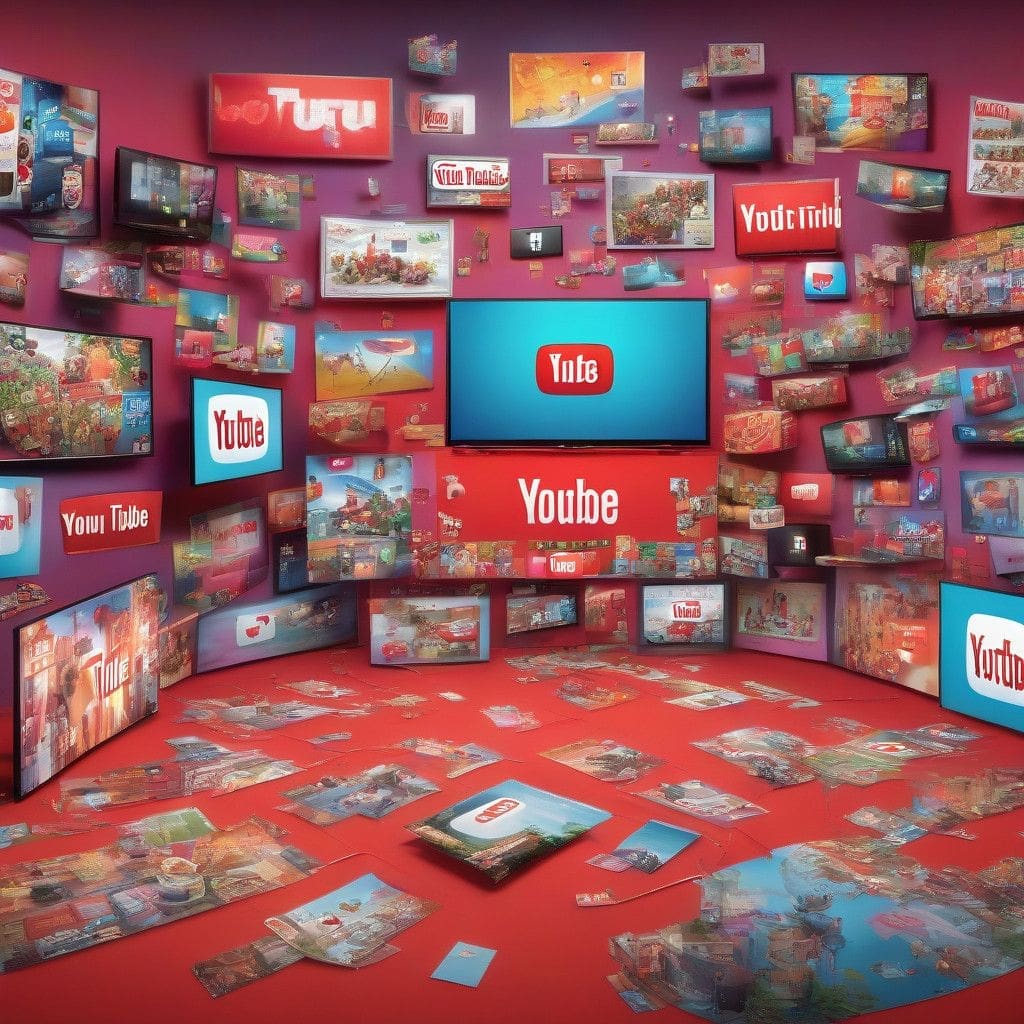The latest Kantar Media Reactions 2024 report highlights a significant shift in the digital advertising landscape, emphasizing that YouTube and Amazon are currently the top platforms for marketers, while X (formerly known as Twitter) is experiencing a sharp decline in advertiser confidence. This detailed analysis, based on surveys with approximately 18,000 consumers across 27 markets and 1,000 senior marketers globally, showcases the evolving preferences and trends that marketers must navigate to optimize their advertising strategies.
YouTube maintains its position as the preferred platform for marketers, largely due to its vast audience and capabilities for targeted campaigns. Advertisers appreciate the ability to create engaging video content that resonates with viewers. For instance, brands like Nike and Coca-Cola have effectively utilized YouTube for storytelling campaigns, driving both brand awareness and consumer engagement. According to the report, YouTube’s extensive reach allows for a diverse range of advertisements that can tap into specific demographics, making it a reliable choice for marketers.
Conversely, Amazon and TikTok stand out as favorites among consumers. Amazon’s advertising format integrates seamlessly within the shopping experience, allowing consumers to discover products while browsing. The platform’s ability to deliver relevant ads based on shopping behavior enhances user experience. For example, if a consumer frequently searches for gardening tools, Amazon’s ads will likely feature related products, creating a personalized shopping journey. TikTok, on the other hand, captivates audiences with its innovative and entertaining advertisements, embracing trends that resonate with a younger demographic. Its algorithm promotes creative content that not only informs but entertains, making it a powerful tool for brands.
Interestingly, this year marked the first evaluation of Netflix in Kantar’s report, and the streaming giant made a striking entry into the top five rankings for both consumers and marketers. This success can be attributed to Netflix’s reputation for brand safety and its commitment to delivering quality content. For brands aiming to connect with consumers through trusted platforms, Netflix presents an appealing option in the advertising mix.
A noteworthy trend is the declining confidence in X, which has been accentuated under Elon Musk’s leadership. The report reveals that 26% of marketers plan to cut their ad spending on X in the upcoming year, reflecting deep-seated concerns about brand safety and the platform’s inconsistency. Trust in X’s advertising capabilities has plummeted from 22% in 2022 to just 12% in 2024. Gonca Bubani, Global Thought Leadership Director at Kantar, noted, “Marketers are brand custodians and need to trust the platforms they use. X has changed so much in recent years and can be unpredictable from one day to the next.” This lack of stability makes it difficult for marketers to confidently engage with the platform.
As marketers pull back from X, a paradox emerges where consumers might actually find more enjoyment in the platform’s reduced ad load. This sentiment reflects a broader trend where PoS (Point-of-Sale) advertisements are growing in popularity among consumers, surpassing other traditional forms of advertising such as sponsored events and newspaper ads. The perceived trustworthiness and non-intrusive nature of PoS ads account for their leading position, providing brands a unique opportunity to connect with consumers at crucial decision-making moments.
The report also highlights evolving attitudes towards generative AI in advertising. While 62% of consumers and 68% of marketers view generative AI positively, there remains hesitance regarding AI-generated ads, with only 59% of consumers expressing comfort in this area. However, the apprehension surrounding AI seems less significant among marketers, with 71% showing no concerns. Integrating generative AI with careful consideration for consumer sentiment could present a path forward for brands looking to innovate creatively while still resonating with audiences.
Interestingly, consumer receptiveness to advertisements has shown a marked improvement over the last decade. Nearly half of the respondents are now open to receiving ads, a significant increase from just 24% in 2020. This shift indicates potential opportunities for brands to craft more engaging and tailored advertising experiences that resonate with consumers.
Gonca Bubani emphasizes the importance of targeting receptive audiences: “Campaigns that reach more receptive audiences are seven times more impactful.” For marketers, this underscores the critical need to identify the right channels, media brands, and formats to engage effectively. With digital landscapes becoming more fragmented, brands must be attuned to cultural dynamics and deliver customized, high-quality content that stands out and authentically connects with diverse audiences.
In conclusion, as brands navigate the top digital ad platforms, the lessons from Kantar’s Media Reactions 2024 report are clear. A strategic focus on platforms like YouTube and Amazon can yield strong results, while shifting away from platforms like X may be prudent for many marketers. Ultimately, success in the dynamic advertising landscape hinges on understanding consumer preferences and leveraging innovative technologies to enhance brand engagement.
